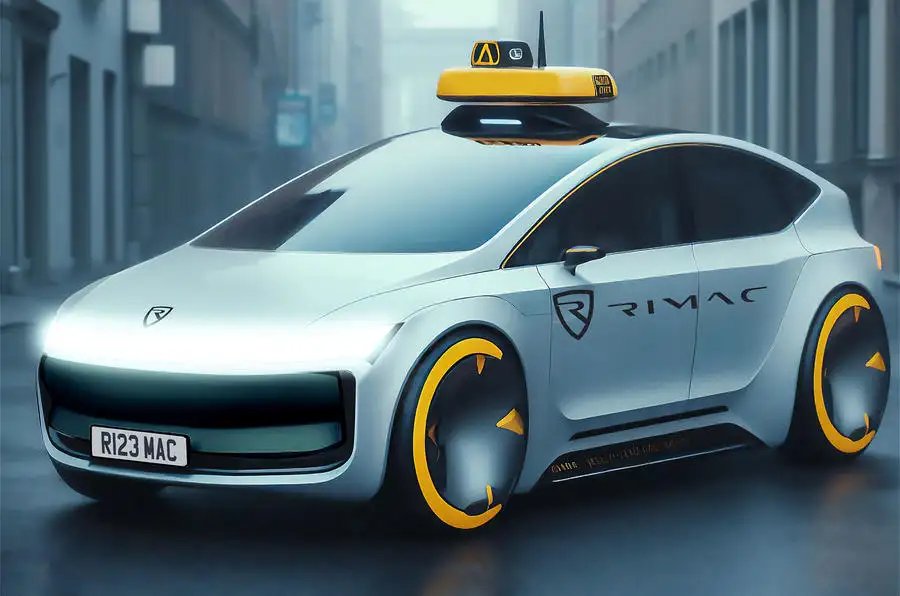Rimac is developing a robotaxi ecosystem it wants to launch in 2026

The story is interesting, the comments in the backstory are even more so. Rimac CEO Mate Rimac is beginning to talk up the robotaxi aspirations for the Project 3 Mobility division he created as a separate arm within Rimac. He told Autocar the company's idea for driverless electric transportation "could change the way people move around cities" as it involves more than just the vehicle. Early this year, Project 3 Mobility plans to show a conceptual version of an occupant shuttle that's "a car but a completely different type." Development work's being done at offices in Croatia and the UK in preparation for a target date of 2026 to begin operations. Croatia will be the first market for obvious reasons, followed by Germany and the UK in 2027, the expansion list after that containing 17 cities in Europe and the Middle East.
The backstory is that Rimac's been working on this since about 2018, marking more than five years of toil behind the scenes. Stories about it broke in the summer of 2021, when a Croatian media outlet happened on a filing with the Croatian Ministry of Transport that TechCrunch described as "a proposed project involving an urban mobility ecosystem that used electric autonomous vehicles." Around the same time, when the Financial Times reported on the Rimac Group's 500-million-euro funding round, the paper said some of that money would be put toward robotaxi work. Back then, the FT wrote, "The business has been running prototypes for two years, but wants to wait until the technology is ready before revealing it to the public." Supposedly, Rimac's been using a Renault Espace minivan as one of the sample prototypes.
When Mate Rimac joined a TechCrunch seminar that summer, a panel host asked him why he's interested in autonomous shuttles. "We have many other things cooking and have a longer-term outlook," he said. "I think that the new mobility will be really a shift in society. Just like phones didn’t just change the phone industry. Apple didn’t just disrupt Nokia, but changed our lives. I think the next big change that we’ll have is mobility."
Explaining the years of secrecy, he told TC, "[There's] so much hot air in this industry, and so many PowerPoint companies, you know, announcing big things and not delivering and so on. We didn’t want to be that company, we wanted to do a lot of stuff — and like under-promise, over-deliver." We'll find out shortly what the special delivery will be. Already, it sounds more intriguing and comprehensive that we're used to; in the U.S., much of the autonomy discussion has focused on getting driverless vehicles to work on existing vehicles and within infrastructure. Rimac's take was, "We think that a lot of people are missing the bigger picture and focusing on some of the building blocks, like the autonomous driving system itself. ... We believe maybe that’s not the differentiator itself, that there are some other differentiating factors within the ecosystem of autonomous mobility." Project 3 Mobility is also said to be working up "chargers, storage hubs, and parking spaces" as part of the ecosystem.
Kia, which is already tied to Rimac through Hyundai's investments in the company, is cited as a specific backer of the robotaxi project. Kia plans to show at least one of its Purpose-Built Vehicles (PBVs) at this month's Consumer Electronics Show. PBV is the automaker's term for a line of electric, autonomous vehicles that each serve a precise segments, like a small shuttle for "robo-delivery" and a mid-sized PBV to be a robotaxi. Kia plans to commercialize these starting in late 2025, which might not be long before Rimac's entry takes to the streets in Zagreb, Croatia.
Related News


